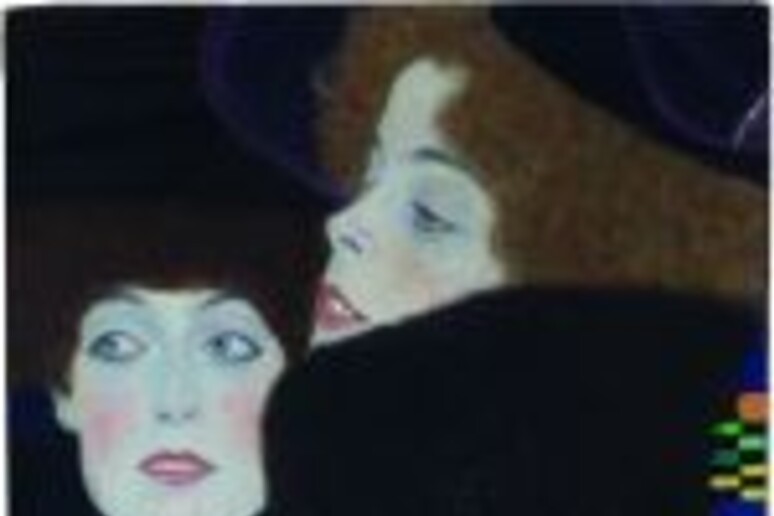(ANSA)- Rome, July 19 - One of the most complete exhibitions
ever in Italy on the Secession movement in art will be held from
September 23 until January 21 at Rovigo's Palazzo Roverella.
The masterpieces exhibited, from some of the most important
international museums, will tell not only about the most
well-known aspects of the Vienna movement and the triumph of
decoratism, it will also showcase the modernist trends that
flourished in Munich, the visionary expressionism of the
Prague-based Sursum group as well as the Rome crossroads and its
continued search for new forms of expression.
Entitled 'Secession. Munich, Vienna, Prague, Rome. The Wave of
Modernity', the important exhibition was sponsored by the
Fondazione Cassa di Risparmio di Padova e Rovigo with
collaboration from such prestigious museums as the Albertina,
the Klimt Foundation, the Villa Stuck museum and the National
Gallery in Prague.
Curator was Francesco Parisi, who tried to offer the public a
thorough overview of the movement, which developed mainly in
four European capitals, highlighting differences, affinities and
meeting points between the different languages of expression.
Some of the artists whose works are included and who
demonstrate how this was a true European cultural exchange are
Gustav Klimt and Egon Schiele, who exhibited at the Roman
Secession shows, and Segantini, who took part in the annual
Vienna exhibitions.
The Palazzo Roverella exhibition will have several
theme-based sections on individual cities of Europe and will
open with the Munich Secession.
At the very beginning in 1892, the new movement did not have
a well-defined structure but soon acquired a modernist bent that
was later called 'Jugendstil' and was taken part in by such
artists as Franz von Stuck, Anders Zorn, Max Klinger, Max
Liebermann and Ludwig von Hofmann.
The focus of the entire Munich section will center mainly on
the groups of works made between 1898 and 1910.
The exhibit then moves on to Vienna, where the Secession
began to develop in earnest in 1897 and which represented from
its debut the evolution and moving on from all the previous
formulas, including symbolism.
Backed by the writer Ludwig Hevesi and the painter Gustav
Klimt, after a few years the movement moved towards a vision of
art that ws different from European Modernism and extended its
influence towards the Italian and Slavic spheres.
In Prague, the Secession came into being with the Manes
group, which arose in the Munich academy, but later set itself
the aim of reforming national Czech art. It was only in 1910
that the famous Sursum group arose, able to bring together Nabis
and symbolists.
The Secession of Rome (1913-1916), far from symbolist
aesthetics, encouraged the development of several different
languages within it. Different from futurist avantgardes, the
Roman movement was more open to international influences.
The First International Secession Exhibit, held in the
Italian capital, proved an opportunity to see works by Matisse
and Post-Impressionists for the first time, while the following
year's edition included works by Cezanne and Matisse alongside
Klimt and Schiele.
ALL RIGHTS RESERVED © Copyright ANSA











